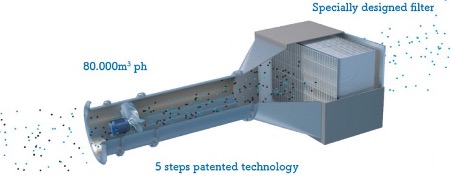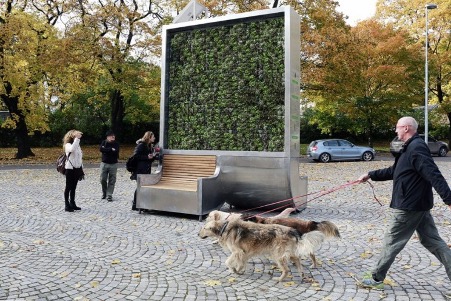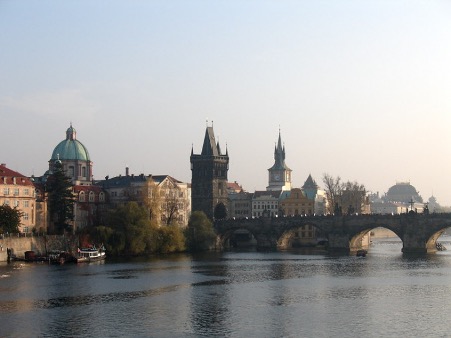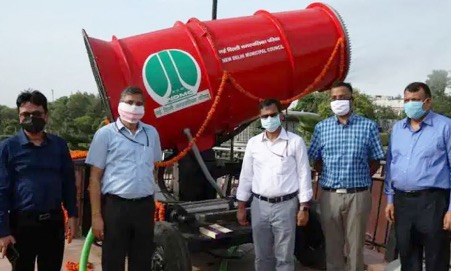
The Project idea is to deploy a sensor in the traffic areas so that It can monitor & control the Air Pollution. Air pollution poses a serious risk worldwide. Towns and cities are choked with smog and dangerous emissions, which are damaging both the environment and the health of global populations. However, we're gradually developing ways to help solve this problem. With cutting-edge technologies, government initiatives, and innovative projects, we could someday put an end to air pollution once and for all.
In short, the main causes of air pollution are the expulsion of very small solid and liquid particles into the atmosphere, solids such as soot, dust, and gases such as nitrogen dioxide, ozone, sulfur dioxide, and carbon monoxide. These can cause harm to people if they are inhaled, and can also damage the environment. Air pollution can stem from several sources; such as domestic consumption of wood and coal, vehicle exhausts, industrial outgassing, and natural sources such as dust and wildfires. When particles coming from these sources become suspended in the air, they are technically referred to as aerosols. These air contaminants are particularly bad for the environment, as well as human health. Health effects of air pollution include symptoms like: ● Irritation of the eyes, nose, and throat ● Wheezing, coughing, chest tightness, and breathing difficulties ● Existing lung and heart problems, such as asthma, becoming worse ● Increased risk of heart attack or even death
Air pollution also has some potentially very serious effects on the environment too. Some common environmental impacts include: ● Acid rain ● Eutrophication ● Poisoning of animals and plants ● Ozone depletion in the stratosphere ● Climate change For this reason, it is in everyone's, and every nation's interest to keep track of pollutants and work to minimize their release as much as possible. The more potent aerosols are released into the atmosphere whenever fossil fuels are burned. But they also come from natural sources like volcanoes and forest fires.

What if we could place giant vacuum cleaners on top of buildings, which could clean the surrounding air? This is the question that spurred the Envinity Group, a Dutch collective of inventors, into action. In 2016, they debuted an enormous, industrial vacuum designed to remove airborne contaminants. The vacuum removes fine and ultra-fine particles, which have been identified to be carcinogens by the World Health Organization. The inventors claim that the vacuum can eliminate 100% of fine particles and 95% of ultra-fine particles within a 984-foot radius (300 meters).

Removing contaminants from the air is great as a short-term solution, but it doesn't address the long-term effects of carbon emissions. One way that many countries are looking to create a greener, cleaner future is through the banning of cars that use petrol and diesel. The United Kingdom is among the countries legislating to make the change. The country plans to effectively ban all new petrol and diesel vehicles from the road by 2035. With the rapidly growing interest in electric vehicles worldwide, initiatives like these have a high chance of succeeding. eliminate 100% of fine particles and 95% of ultra-fine particles within a 984-foot radius (300 meters).

Urban areas are the worst-hit when it comes to air pollution. The lack of green areas and trees in cities means that there's little opportunity for carbon dioxide to be absorbed, leaving the air quality poor. That's why the German start-up, Green City Solutions, created the CityTree. The CityTree is a vertical unit, sort of like a billboard, that incorporates moss and lichen. Thanks to these hard-working plants, each unit can absorb as much as 240 tons of carbon dioxide a year. This means they can perform the task of 275 trees while demanding a fraction of the space and cost.

One issue that has stalled the fight against air pollution is a lack of comprehensive data. While urban areas are well-tested for their quality of air, suburban and rural areas have fewer resources when it comes to measuring air quality. In India, government initiatives are working to install pollution sensors across all areas of the country in a bid to detect and manage air pollution better. A new, cutting-edge series of sensors were certified in 2019 and have already gone on to provide valuable data in the fight against air pollution in India.

India isn't the only place looking to install state-of-the-art sensors. The Czechia announced that they would be installing carbon dioxide monitors inside the streets' smart lights in its capital city Prague. The sensors can provide real-time information on the worst affected areas when it comes to air pollution, allowing for more effective strategies in combating pollution and letting residents know which areas of the city are of the greatest risk to their health.

The idea of an anti-smog gun might sound ridiculous, but it could be an effective method of clearing smog-affected areas during times of high pollution. The government of Delhi, India tested the guns in 2017, and has since brought them online to help bring down the dangerous levels of smog in Anand Vihar. The guns work by spraying water vapor into the air, which absorbs the pollutants before falling to the ground like rain. While it doesn't remove the pollutants entirely, it's an effective short-term solution for smog-heavy days where breathing the air could present a serious health risk to residents.

Apparently, Google Earth is useful not only for creating accurate maps of the world but also for giving us insight into the quality of air. In a project launched by Google in 2015, Google Street View cars traveled around West Oakland taking air samples. Through this, they were able to put together comprehensive data about the quality of air in the city, and how it fluctuated over time. Thanks to this research, they could potentially use the system to allow users to examine the average air quality in their area, and other areas around the world in the future. Access to such information would allow for more effective targeting of anti-pollution initiatives and would give people a heads-up on the more dangerous areas in the vicinity in terms of poor air quality. Coming to project cost & other parameters, It all depends on the design & materials what we use in developing the project. Basically we can build a sensor only for monitoring the air pollution & at the same time we can also design a filter to eliminate these detected pollutants in the air.